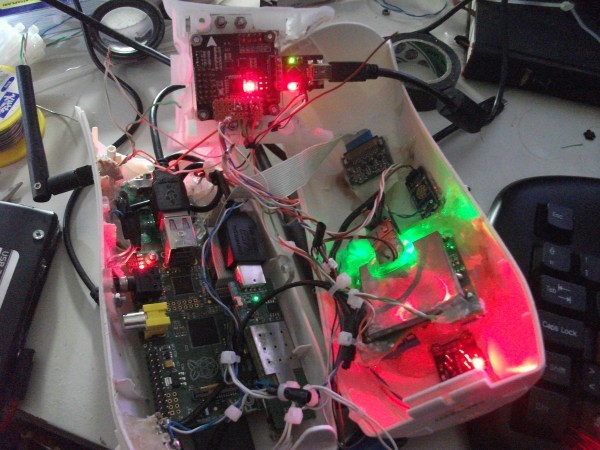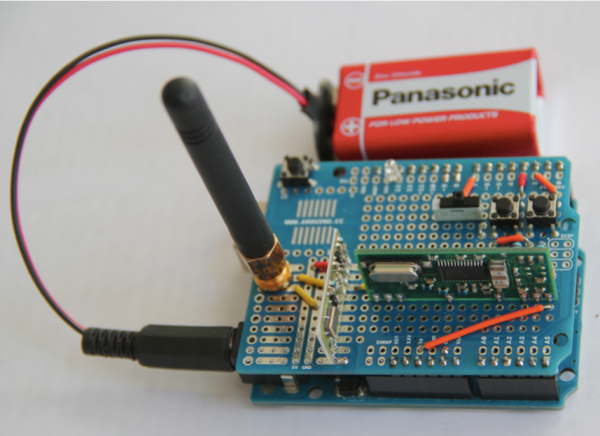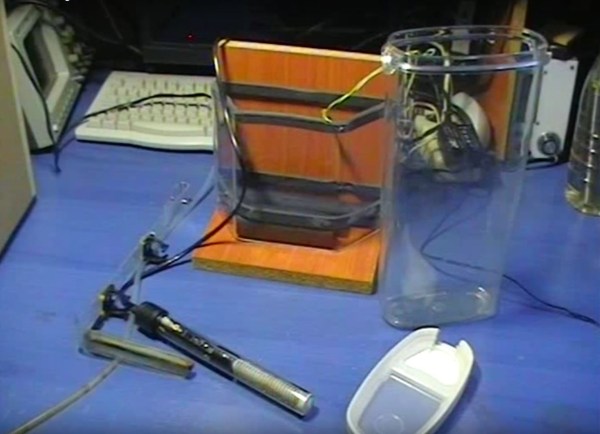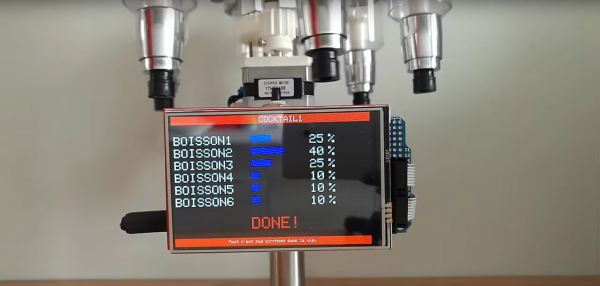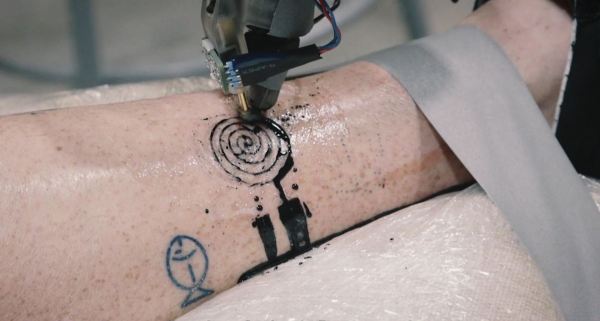Security in the home — especially a new home — is a primary concern for many. There are many options for security systems on the market, but for those will the skills, taking matters into your own hands can add peace of mind when protected by a system of one’s own design. [Armagan C.] has created their near-ideal multi-sensor security module to keep a watchful eye out for would-be burglars.
Upgrading from their previous Arduino + Ethernet camera — which loved to trigger false alarms — [Armagan] opted for a used Raspberry Pi model B+ camera module and WiFi connection this time around. They also upgraded the unit with a thermal sensor, LPG & CO2 gas sensor, and a motion tracking alarm. [Armagan] has also set up a live streaming feature that records video in 1hr segments — deleting them daily — and circumvented an issue with file descriptor leak by using a crashed drone’s flight controller to route the sensor data via serial port. It is also proving superior to conventional alarms because the custom software negates the need to disarm security zones during midnight trips to the washroom.
Continue reading “Multi Sensor Security Camera Has You Covered”

